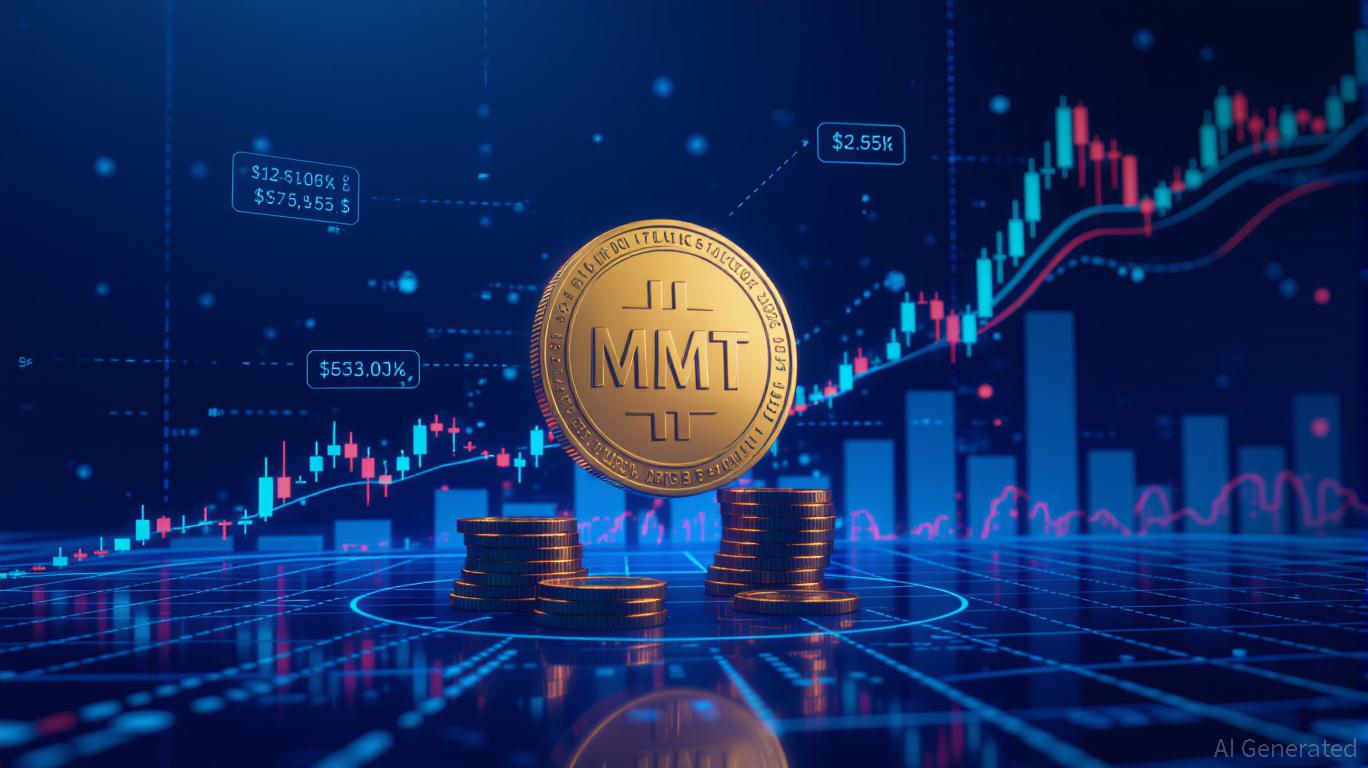The day $300 trillion appeared and then vanished on Ethereum
For a few surreal moments on Oct. 15, the Ethereum blockchain seemed to host the financial equivalent of a dream.
Paxos, the issuer behind PayPal’s stablecoin PYUSD, accidentally minted $300 trillion worth of tokens, which is roughly 300 times the global GDP, before burning them just as fast.
The minting, visible on Ethereum’s public ledger, sent analysts, traders, and bots into overdrive.
Within minutes, Paxos confirmed the incident resulted from an internal operational error, not a hack. The firm said no user funds were impacted.
Still, the sheer number involved in the mistake made “PYUSD” the most discussed coin in crypto for 24 hours straight. Blockchain analytics firm Santiment reported thousands of mentions per minute as social media reacted in disbelief.
What happened?
Blockchain security firm Quill Audits traced the mishap to the token’s contract structure.
According to the security firm, the PYUSD contract gave one externally owned address (EOA) unrestricted minting and burning rights with no rate limits, amount caps, or multi-party approvals.
It added that the single key executed three transactions in quick succession: minting $300 trillion PYUSD, burning it, and then minting another $300 billion.
Considering this, Quill Audits concluded that:
“This suggests a backend system bug or a catastrophic human error— or all two.”
Meanwhile, Sam Ramirez, lead engineer at Argentum, suggested that Paxos initially meant to transfer 300 million PYUSD between wallets but mistakenly burned it.
According to him, the attempt to restore those tokens allegedly resulted in the 300-trillion overmint.
Lessons?
The Paxos mistake might have been harmless, but its implications aren’t. Over $300 billion in stablecoins now circulate globally, moving billions daily across Ethereum, Solana, and Tron.
At that scale, even a single automation error could cascade through decentralized lending protocols, liquidity pools, and payment rails. Notably, the error resulted in Aave, the largest DeFi protocol, freezing PYUSD transactions.
Considering this, the glitch has reignited debates about how stable collateralization should work.
Unlike algorithmic stablecoins, asset-backed tokens such as PYUSD rely on off-chain reserves, such as US Treasuries and cash equivalents held in the issuer’s custody, to maintain their peg.
Critics argue that the ability to mint new tokens without immediate proof of collateral contradicts the entire model.
Chainlink’s Zach Ryan argued that the event could have been prevented altogether with Proof of Reserve (PoR) checks built directly into minting contracts. He said:
“This prevents ‘infinite mint attacks’ where a massive amount of unbacked tokens are minted, putting at risk all the markets that list and support the token.”
Chainlink is an Oracle blockchain network that acts as a secure bridge between blockchains and external, real-world data.
Moreover, the incident has shed light on why financial regulators have recently become significantly interested in the emerging sector.
Like Federal Reserve Governor Christopher Waller recently pointed out in a September speech, digital payment systems must be “hardened against misuse, with redundancy and safeguards that match the scale of global payments.”
He wasn’t speaking about Paxos specifically, but the message fits. The infrastructure now underpinning billions in daily settlements cannot rely on goodwill or reaction speed alone.
The post The day $300 trillion appeared and then vanished on Ethereum appeared first on CryptoSlate.
Disclaimer: The content of this article solely reflects the author's opinion and does not represent the platform in any capacity. This article is not intended to serve as a reference for making investment decisions.
You may also like
Bitcoin Updates: Tether's Unstable Backing and Bitcoin's Rally Intensify Liquidity Shortage
- Bitcoin's price surge triggered Tether (USDT) outflows, raising liquidity risks as reserves face S&P downgrade. - NYDIG reports $3.55B ETF outflows in November, linked to corporate trades and algorithmic stablecoin losses. - S&P cites 5.6% Bitcoin exposure in USDT reserves, exceeding overcollateralization buffers, risking undercollateralization. - Analysts warn of self-reinforcing cycles as Bitcoin rallies coincide with Tether redemptions, straining liquidity. - Tether's 24% high-risk assets in reserves

Global Exchanges Caution: Excluding Crypto May Undermine Market Fairness and Integrity
- Global exchanges urge SEC to reject broad crypto exemptions for tokenized stocks to prevent market integrity risks and unfair competition. - SEC considers sandbox framework for crypto pilots, but warned by WFE and SIFMA against creating parallel markets and eroding safeguards. - SIFMA highlights crypto market collapses, stressing that U.S. markets’ strength lies in regulated depth and liquidity, not speed. - Robinhood and Coinbase advance tokenized stock initiatives despite resistance from traditional ex

Reevaluating MMT After Quantitative Easing: Insights from the Latest Rise in MMT Price Forecasts and Their Implications for Market Outlook
- Post-QE markets show MMT's influence on digital assets, with MMT token surging 1,300% driven by Binance airdrops and institutional buying. - Q2 2025 saw fixed-income markets shift to traditional risk-return metrics as MMT's dominance waned amid normalized term premiums and higher debt compensation demands. - Investors rotated to small-cap/value equities and AI infrastructure amid fiscal stimulus, while elevated valuations emphasized diversification and fundamentals. - MMT remains relevant for sovereign f

AAVE +0.54% As Institutional Interest in Euro Stablecoins Continues to Rise
- Aave (AAVE) rose 0.54% in 24 hours to $186.75, reflecting growing institutional interest in EU stablecoin infrastructure. - Deutsche Börse plans to integrate EURAU stablecoin into its custody services, expanding digital-asset capabilities under MiCA regulations. - The move aligns with EU efforts to reduce reliance on U.S. stablecoins and promote euro-pegged alternatives through regulated frameworks. - Institutional adoption of stablecoins may indirectly benefit DeFi platforms like Aave by enhancing liqui

